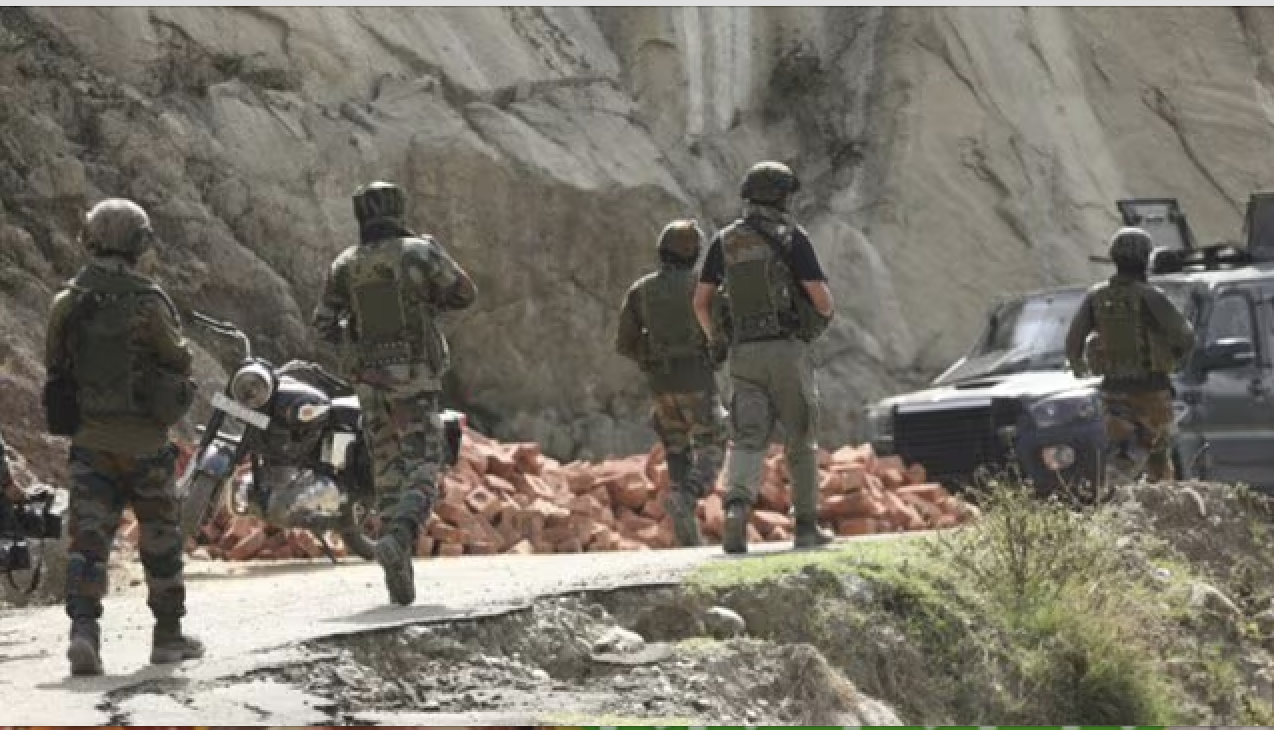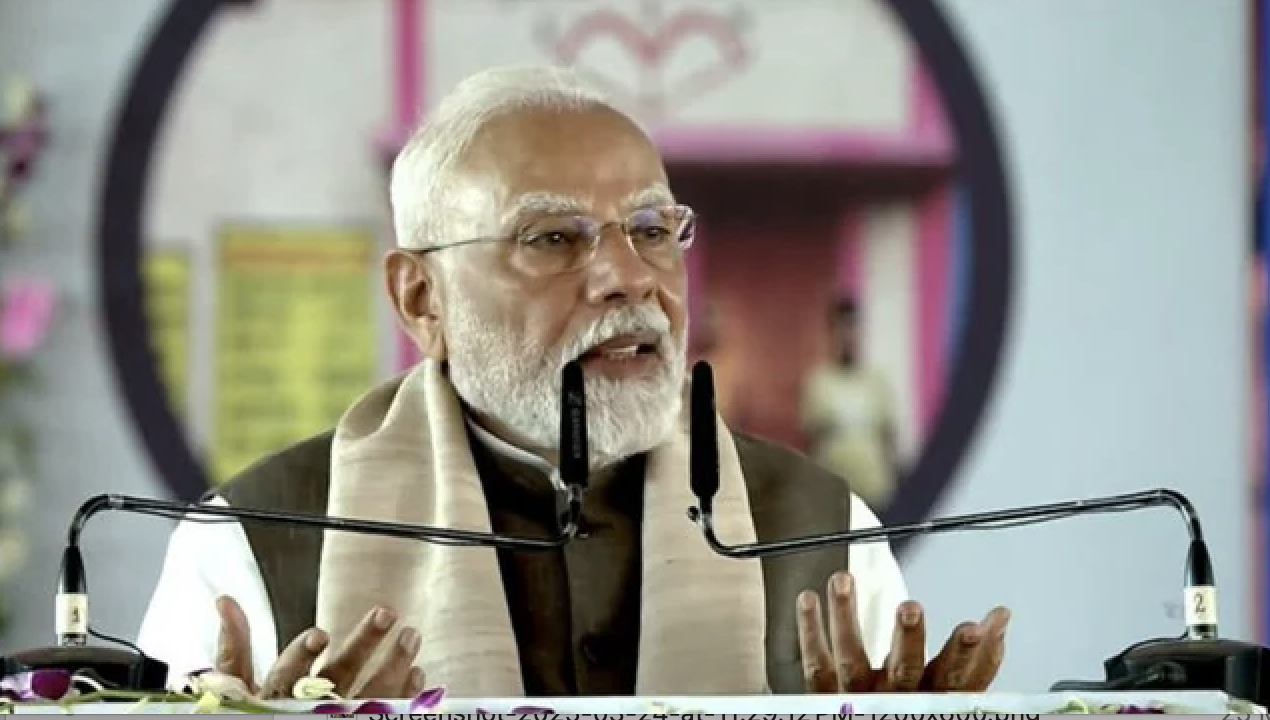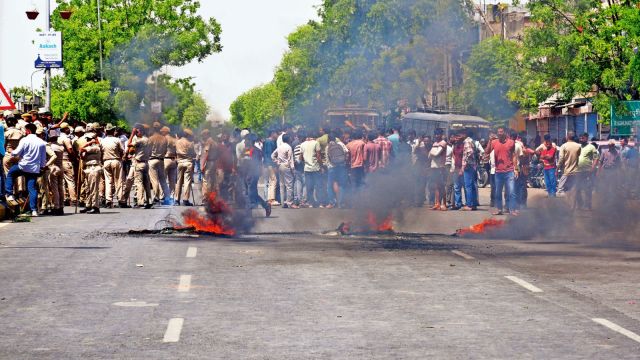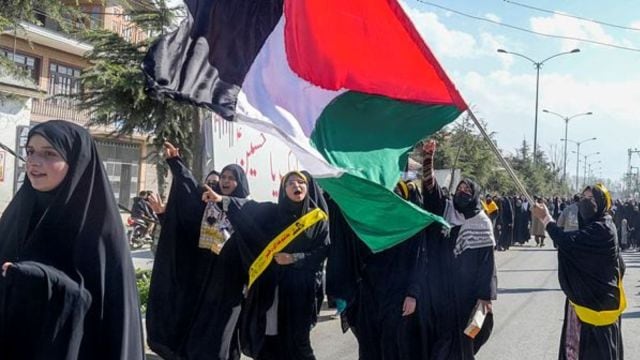By Tavleen Singh
This week I shall begin by saluting the Delhi High Court for the clarity with which it defined the difference between terrorism and protest while granting bail to three students who have spent a year in Tihar Jail. The judges had some harsh words for the Delhi Police for not understanding the difference. They said, “It seems that in its anxiety to suppress dissent, in the mind of the State, the line between the right to protest and terrorist activity seems to be getting somewhat blurred. If this mindset gains traction it would be a sad day for democracy.” These words can be seen as a warning, or they can be seen as an accurate analysis of something that has already happened.
Personally, I believe that the judges were taking note of something that has already happened to our democracy. Many lines have got blurred and the line between protest and terrorism is not ‘somewhat blurred’ but quite seriously blurred. If this were not true, Natasha Narwal, Devangana Kalita and Asif Iqbal Tanha would not have spent a year in Tihar Jail. Students should not be in jail unless they commit violent crimes. In a country that takes pride in being a democracy, protest can never be seen as a crime, but the Government of India seems to have become such a victim of conspiracy theories that it appears afraid of its own shadow. So, the Delhi Police managed to link the protests against the Citizenship (Amendment) Act to North East Delhi’s Hindu-Muslim riots, as part of a murky conspiracy theory that says the protesters against the amendment to the citizenship law were jihadists and JNU students who organised the riots to malign India’s fair name, at the exact moment when Donald Trump was in Delhi. Very, very blurred lines.
This is not the only occasion when an actual protest has been turned into a conspiracy against India. When farmers began their protest on the borders of Delhi, BJP trolls on social media swung into overdrive to tweet that the very same people who protested against the citizenship law were now protesting against the farm laws. This time Khalistanis were added into the mix, and when that group of idiots stormed into the Red Fort, it was seen as proof that there was a huge conspiracy against India in which climate activists and pop stars were also mysteriously involved. Once more the lines between protest and terrorism were blurred.
What is most worrying is that the lines between genuine criticism in the media and sedition are also getting blurred. So those reporters who risked their lives to bring back stories of uncounted Covid deaths and pictures of bodies piling up along the banks of the Ganga were accused of maligning India’s name through ‘vulture journalism’. BJP trolls on Twitter routinely accuse them these days of not being patriotic and of being part of a conspiracy against India. All of this serves to weaken India’s democracy. The ‘sad day’ that the judges spoke of is already here.
The new criminal in this international conspiracy against India is Twitter. Its refusal to take orders from the Government of India on taking down tweets that criticise the Prime Minister or his policies is being portrayed as a cunning attempt to undermine India’s sovereignty. This is particularly ironic since no political party has used Twitter for political purposes more efficiently than the BJP. In the middle of all these conspiracy theories has the Prime Minister noticed that if India is respected more than China in the world it is because of our democracy? In every way China has streaked ahead of us on Earth and now in space, except when it comes to democracy. This is the reason why Narendra Modi was asked to speak at the G7 Summit and not Xi Jinping.
By one of life’s strange ironies the students got bail at around the same time that the Prime Minister told the G7 leaders that as a democratic country India was a natural ally of their group. If he reads through the G7 statement that he lent his support to, he will find these words: “We will harness the power of democracy, freedom, equality, the rule of law and respect for human rights to answer the biggest questions and overcome the greatest challenges.”
If these words mean anything to Narendra Modi, he must order his ministers and chief ministers to learn the difference between protest and terrorism. The Unlawful Activities Prevention Act (UAPA) should not be used to put students in jail. Journalists should not be charged with sedition for trying to report the rape and murder of a Dalit teenager in Hathras or for trying to list the mistakes made in the handling of our second Covid wave. When these things happen, it is not those who go to prison who are the real victims. The real victim is Indian democracy.
If judges can notice that the lines between genuine protest and terrorism are being dangerously blurred, why is it so hard for Modi’s ministers to do the same? Why is it so hard for the Prime Minister not to see that the lines between nationalism and anti-nationalism have become so blurred that the wrong people are ending up in jail? Why is it so hard for him to see that under his government the Mahatma himself may have been in jail?
This article first appeared on Indian Express






